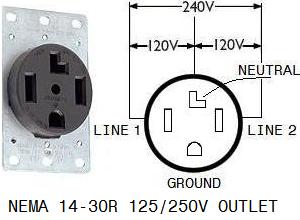02RedWS6TA
Well-Known Member
How hard is it to change it out to the new one? Do you have to adjust anything with the PID?
Those were my questions too.
The stock element is assembled with a triclamp holding the element into thou housing, so it looks easy to take apart... Might be harder to put it back together... Looking forward to someone else's pictures.
It won't go in the stock housing the way it comes. Going to cut the first triclover off tomorrow where CBS welds it instead of using a second clamp and I think it'll go in just fine.
Tried searching this to find it but what is the biggest grain bill / OG you can do for a 10/11 gallon batch in in the 20 gal kettle setup?
I did a 31# 11 gallon batch and have done 3 30# 15.5 gallon batches. I did burn the element on two of them though, hence the new element going in to hopefully avoid that all together.
That Mash Manifold from SS Bretech looks like it would definitely help this thing big time. Will be ordering one of those for sure. Edit: Have one on the way.



